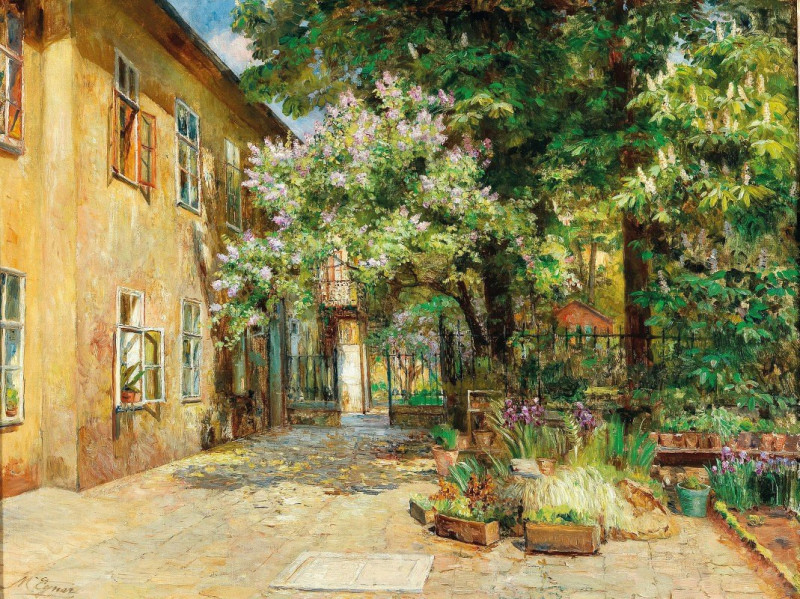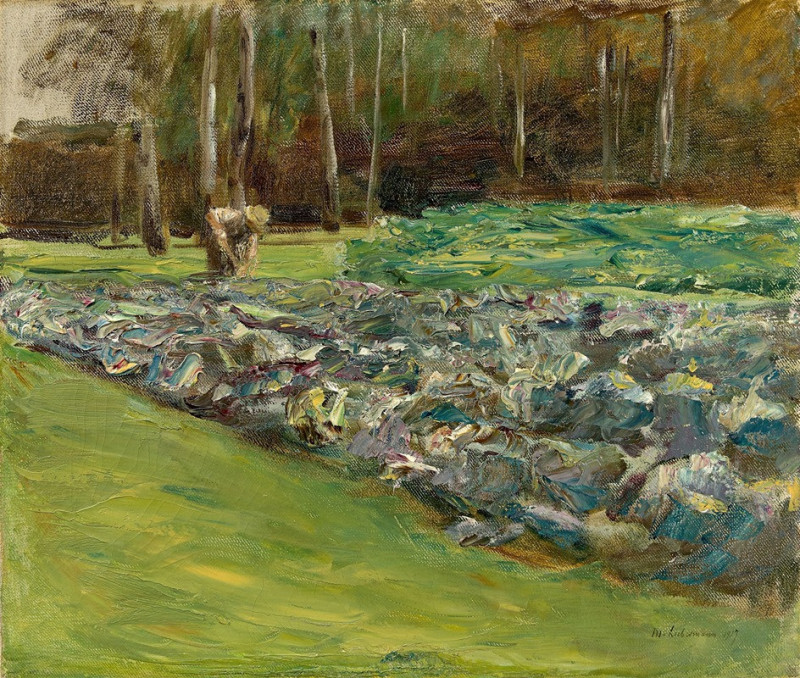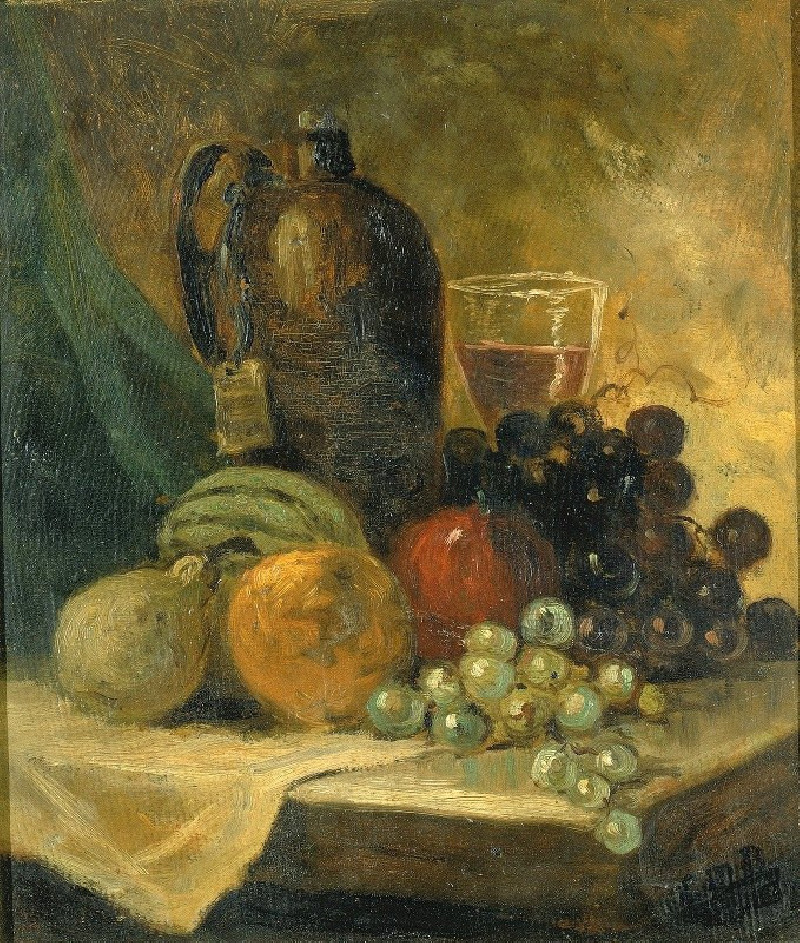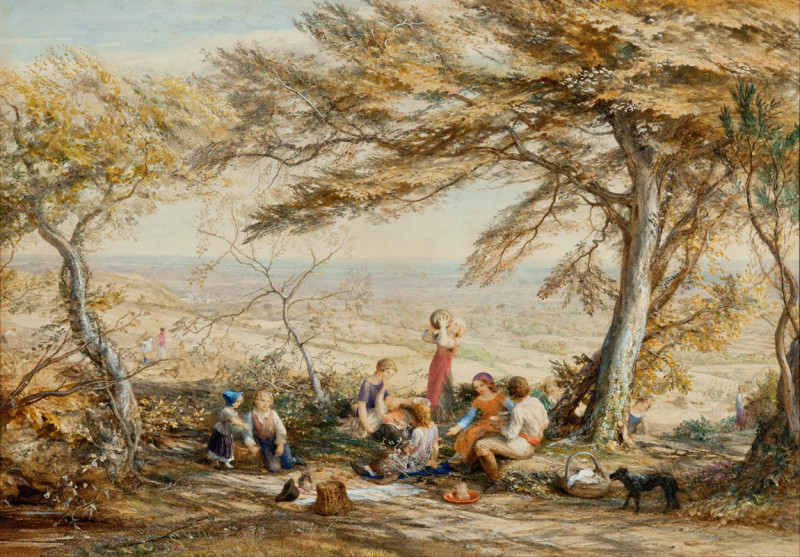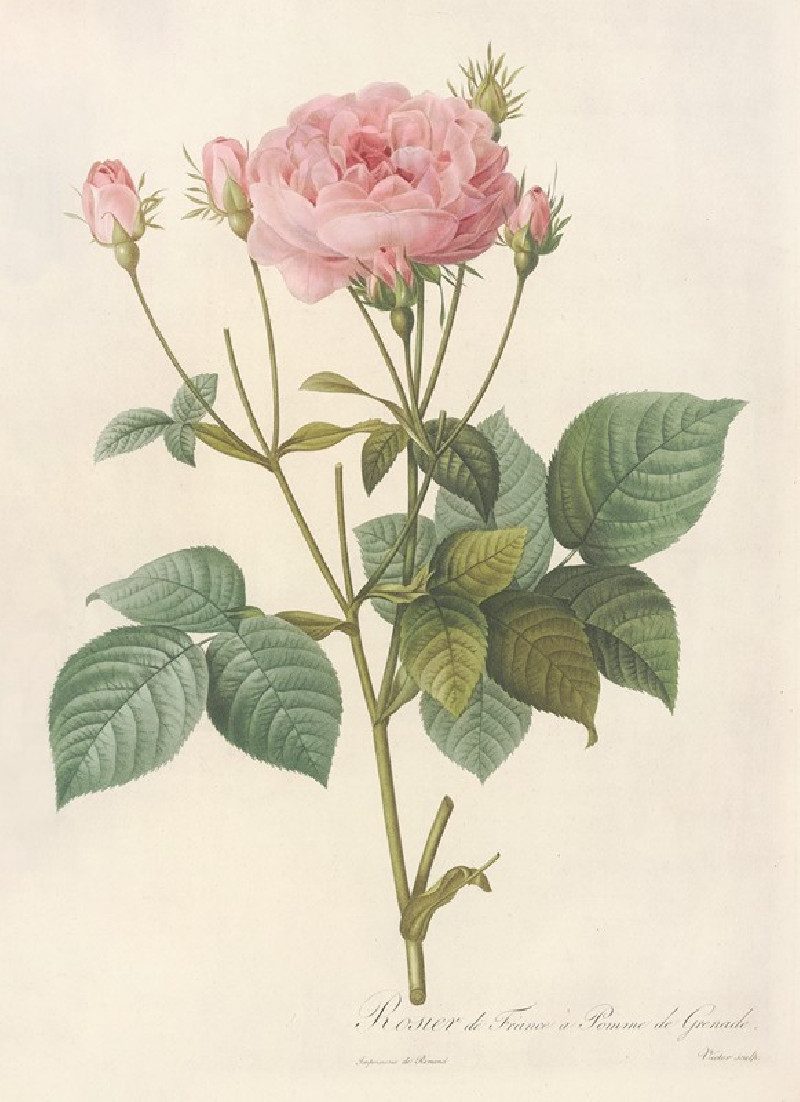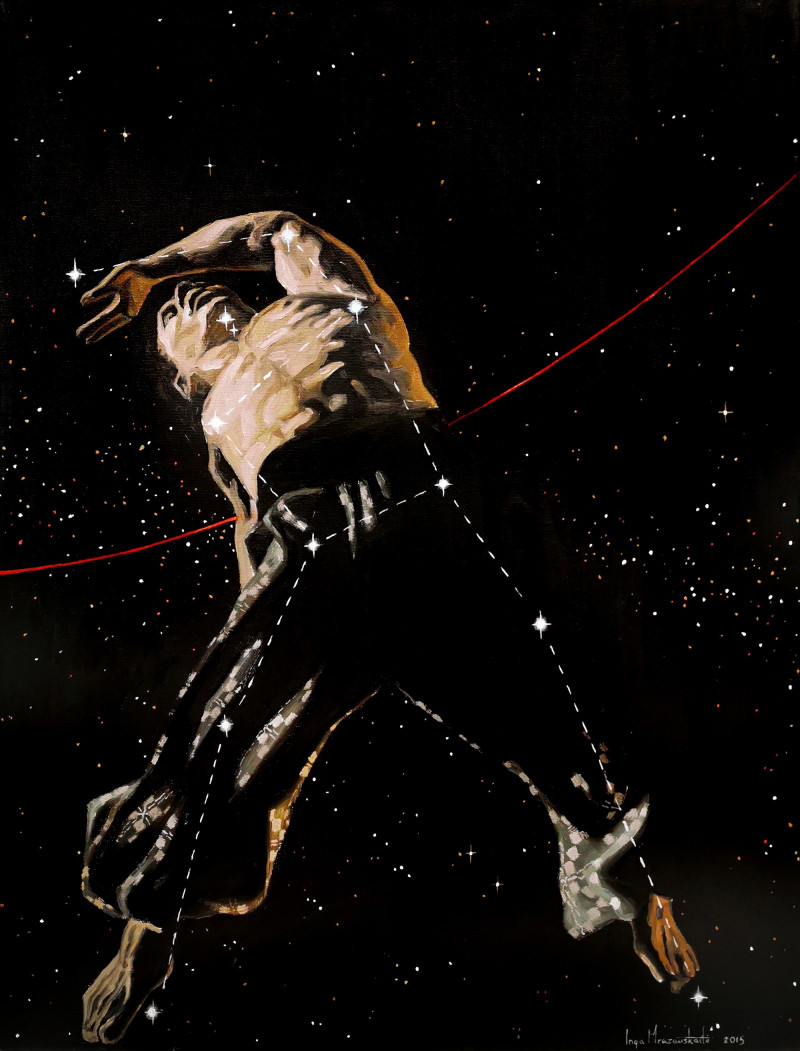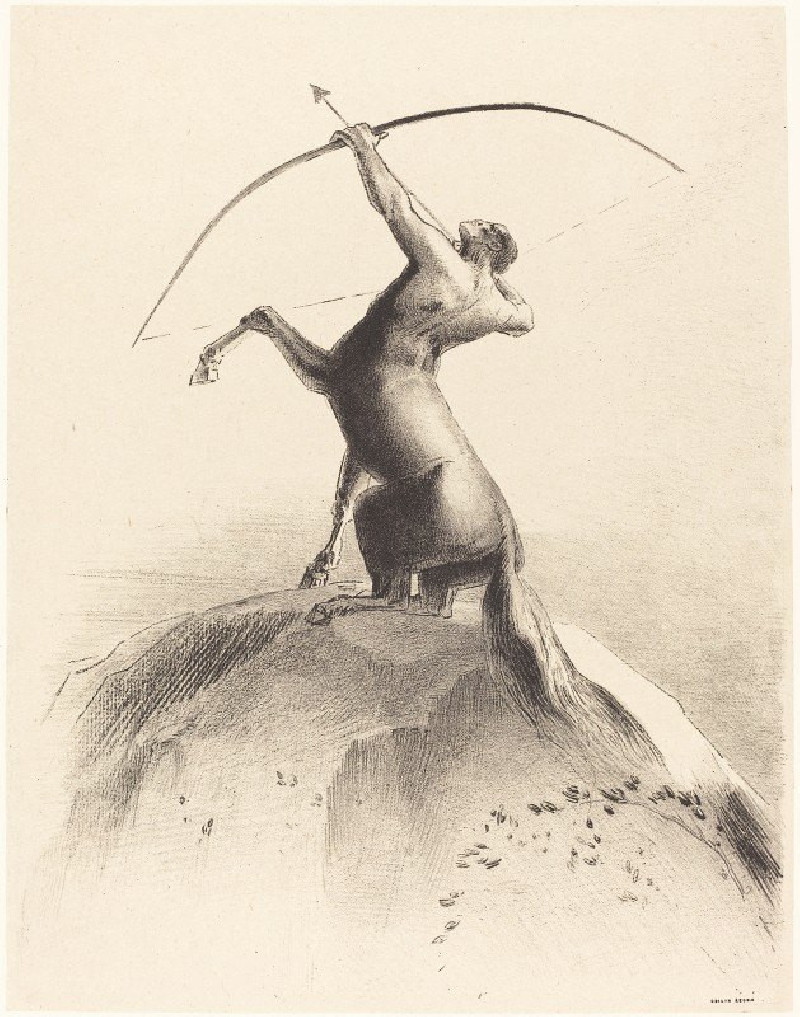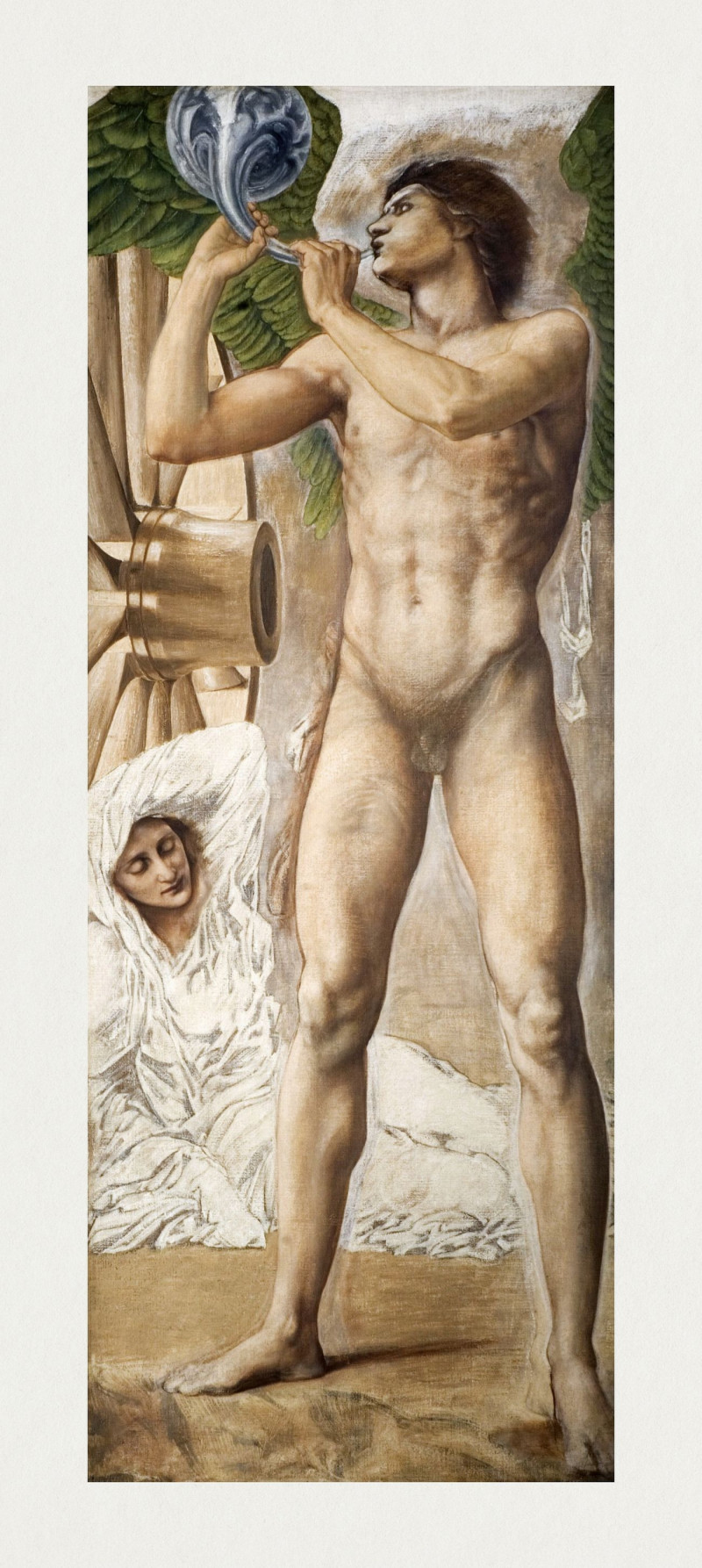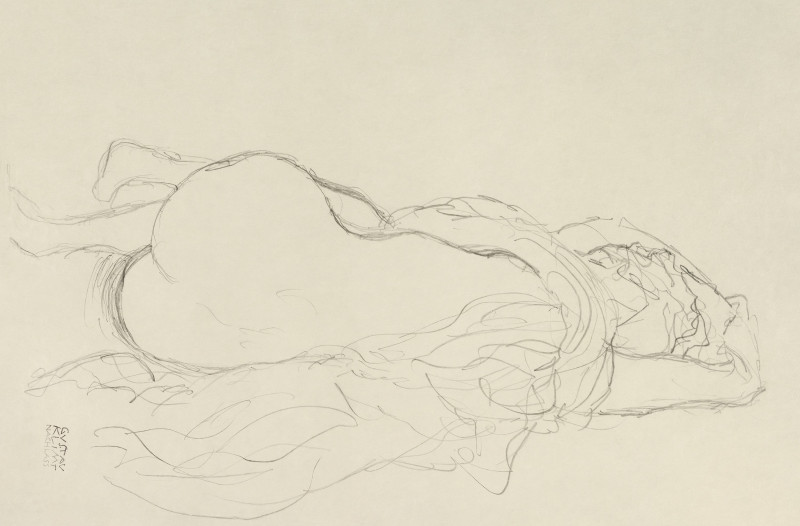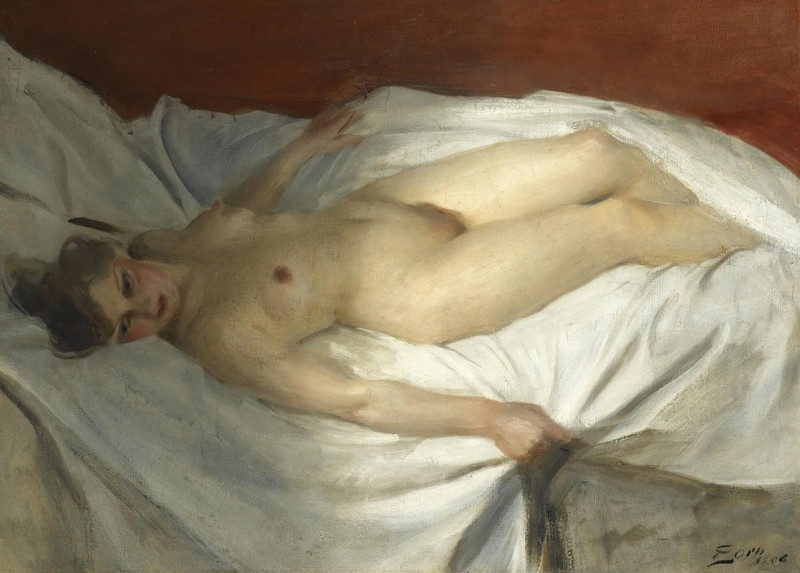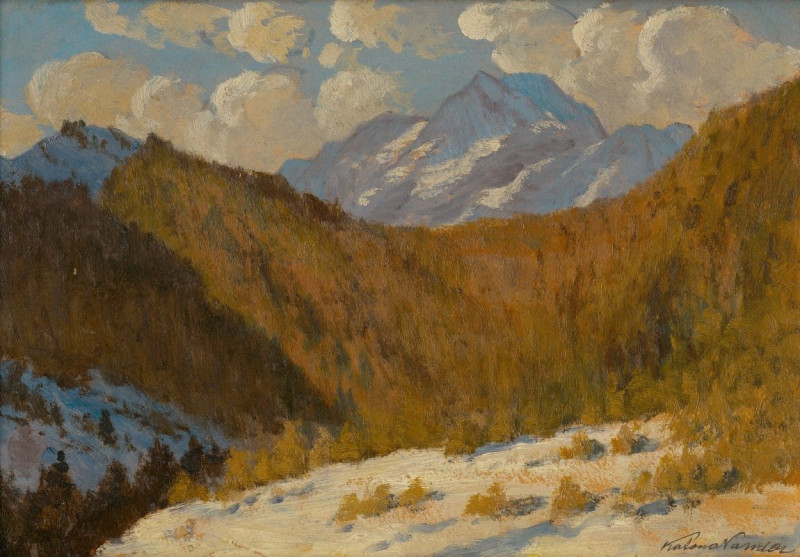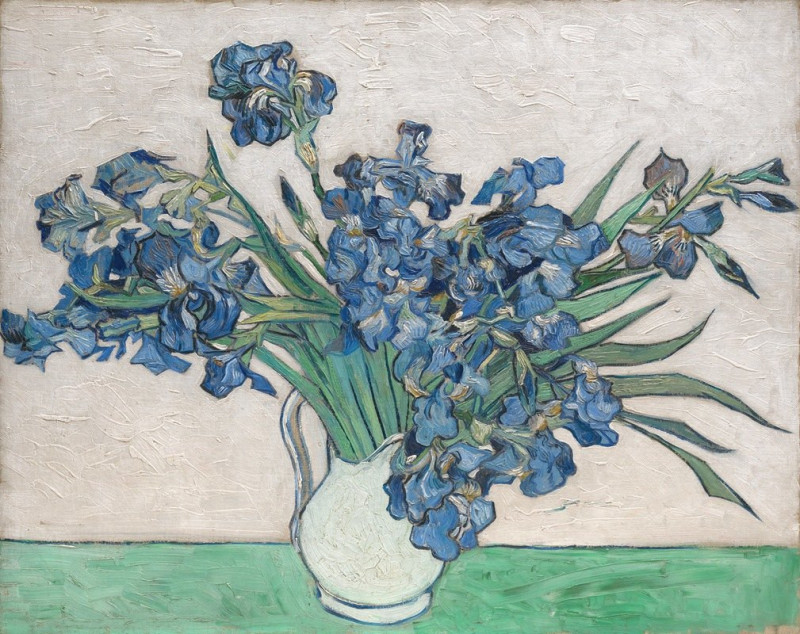Crashing Waves (circa 1895)
Technique: Giclée quality print
Recommended by our customers
More about this artwork
William Trost Richards, celebrated for his masterful seascapes, captures the untamed beauty of the ocean in his painting titled "Crashing Waves" from around 1895. This splendid artwork is a depiction of a rugged coast where the relentless power of the sea meets the enduring strength of the cliffs.In "Crashing Waves," we are swept into a scene of natural drama. The painting showcases a series of robust waves breaking against the rocky shoreline. The foreground is dominated by frothy, white sea spray that vividly contrasts with the muted tones of the boulders and cliffs. Palettes of gray and soft browns paint the solid rocks, highlighting their weathered surfaces and the relentless erosion caused by the sea.Skyward, Richards uses a blend of light blues and gentle wisps of white to depict a tranquil sky, a stark juxtaposition to the tumultuous sea below. The light in the painting filters through the clouds, casting subtle illuminations on the rocks and water, enhancing the texture and dynamism of the scene.Richards' use of watercolors gives a fluidity and softness to the image, enabling a sense of motion and life that propels the viewer right to the edge of the water. The detailed rendering of the waves and rocks shows his deep observation and appreciation of natural forms, while also reflecting the artist’s skill in conveying both the immediate visual impact and the deeper emotional resonance of the landscape."Crashing Waves" is not just a visual experience; it is an invitation to feel the cold mist on your face, hear the roar of the ocean, and ponder the ageless interaction between water and land.
Delivery
Returns
William Trost Richards was an American landscape artist. He was associated with both the Hudson River School and the American Pre-Raphaelite movement.
William Trost Richards was born on 14 November 1833 in Philadelphia, Pennsylvania. In 1846 and 1847, he attended the local Central High School. Between 1850 and 1855, he studied part-time with the German artist Paul Weber, while working as designer and illustrator of ornamental metalwork. Richards's first public exhibit was part of an exhibition in New Bedford, Massachusetts, organized by artist Albert Bierstadt in 1858.

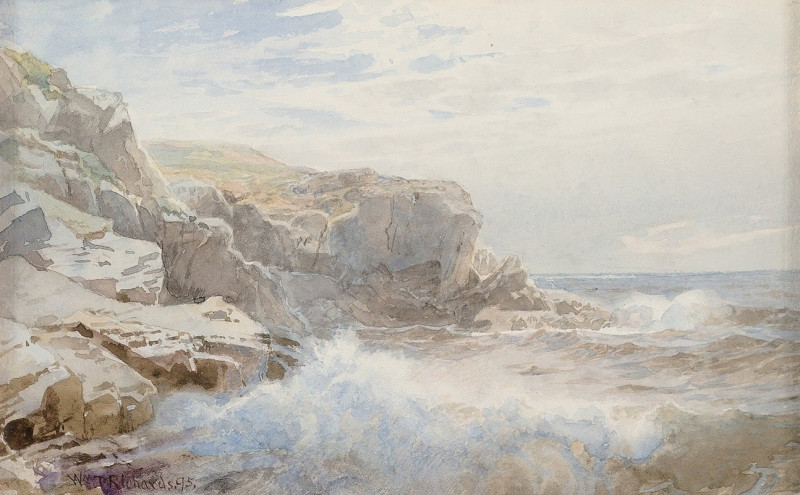
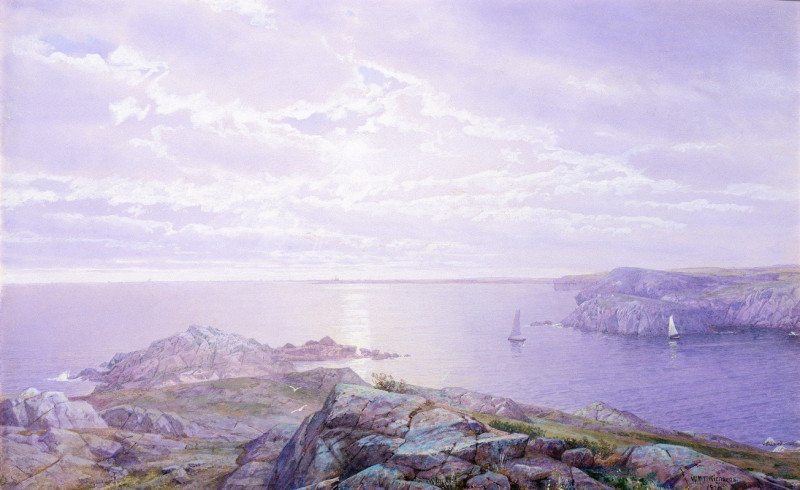



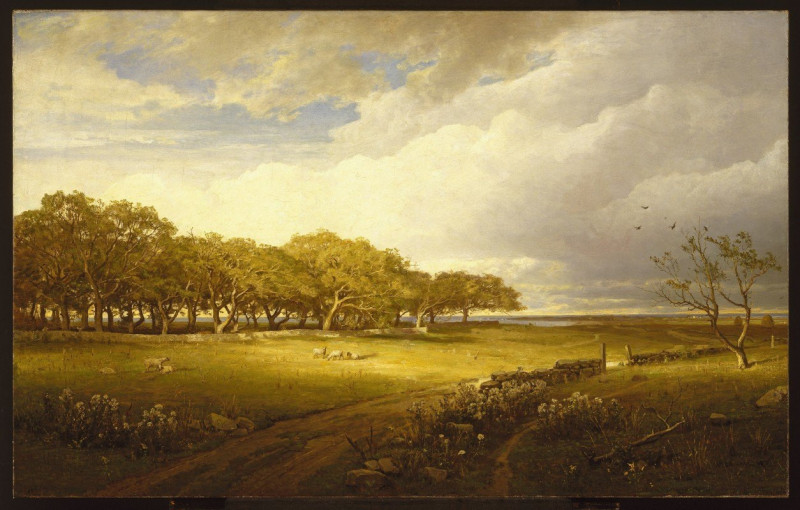

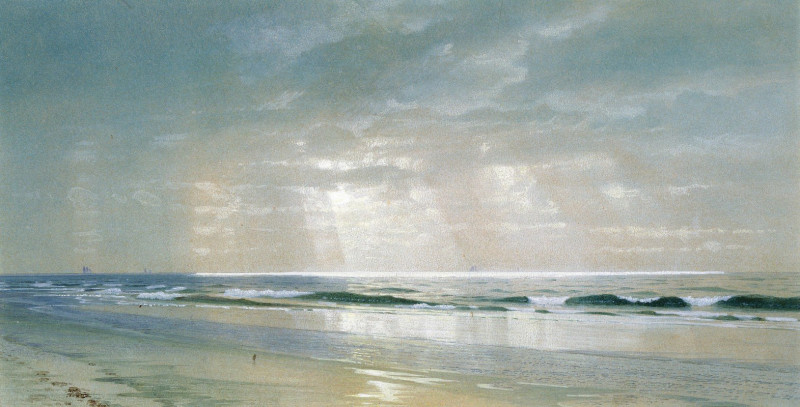
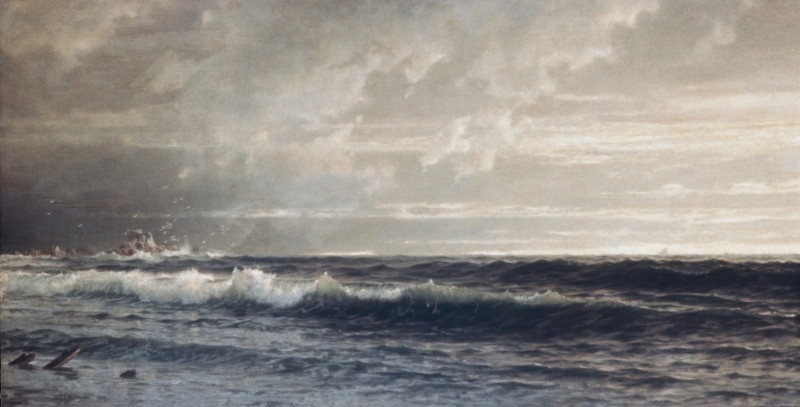
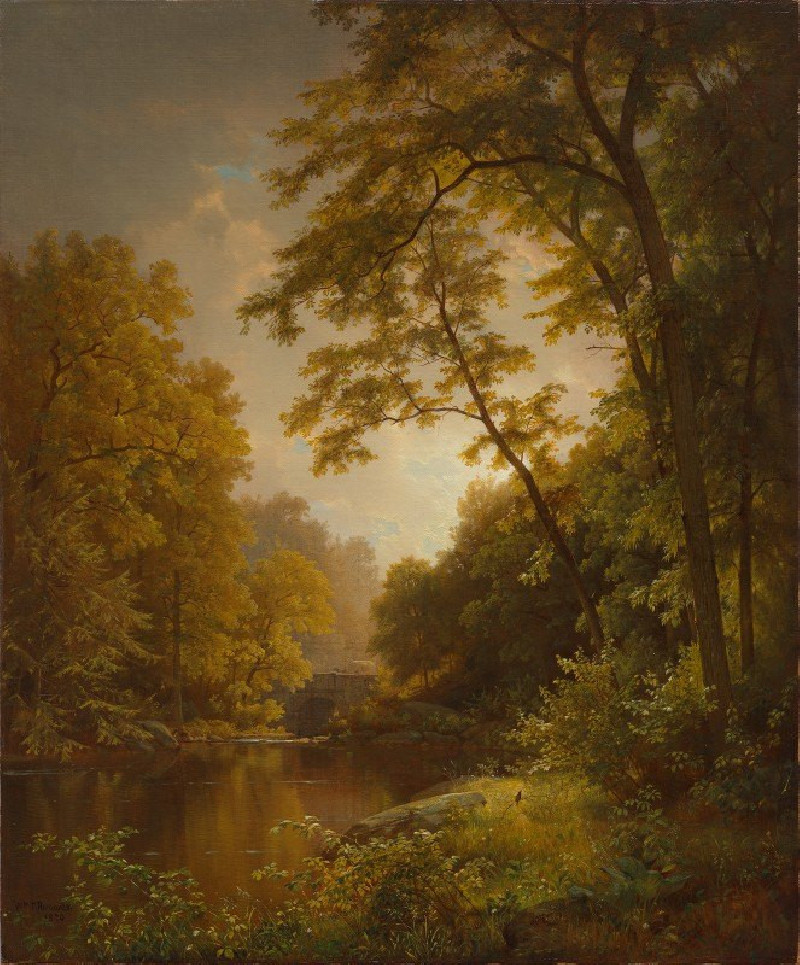
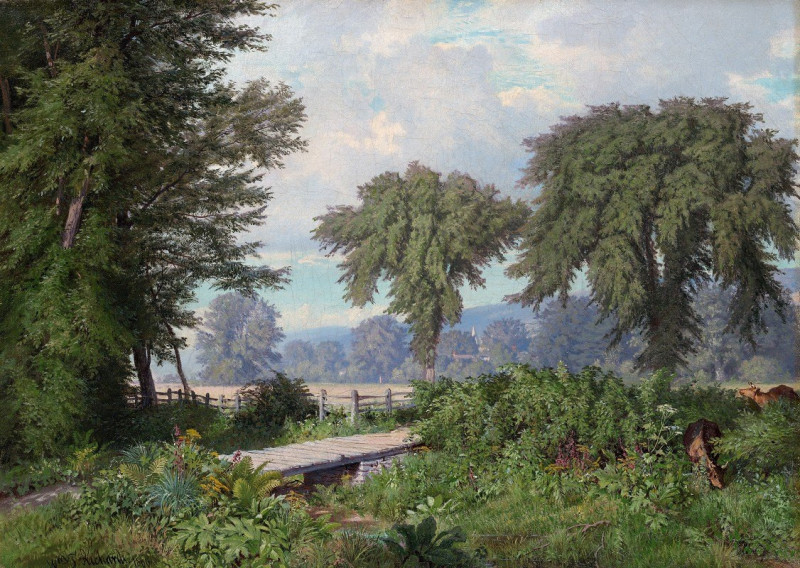
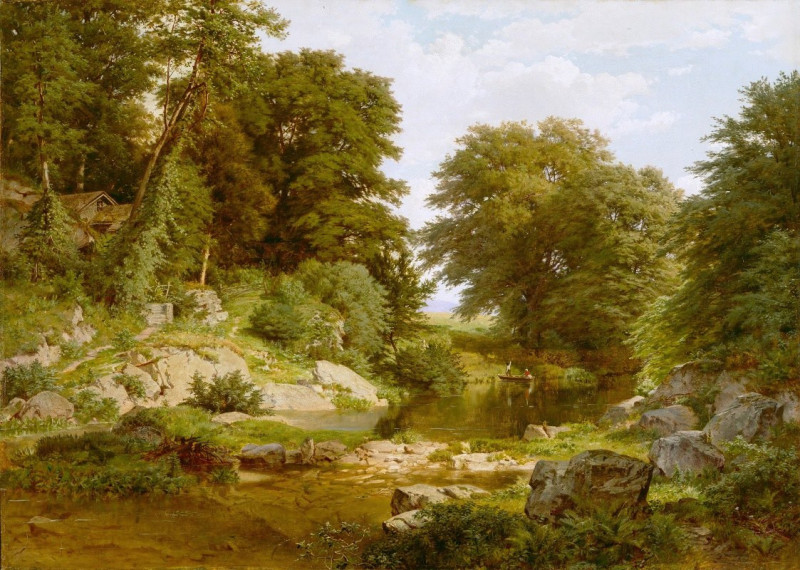
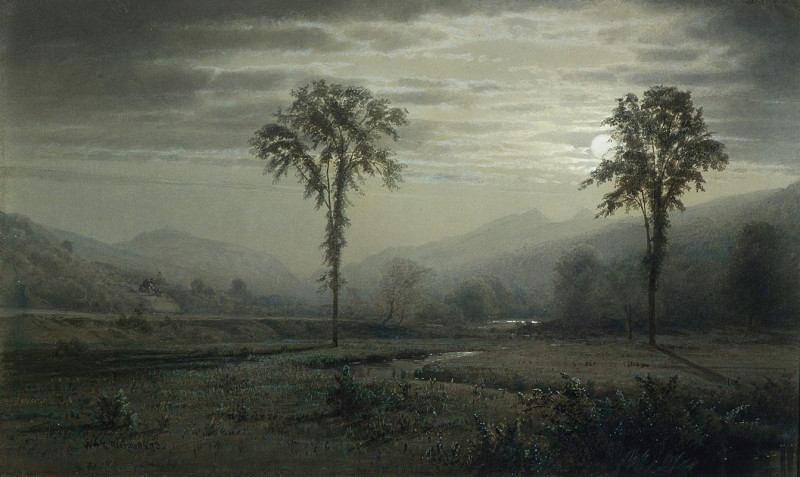
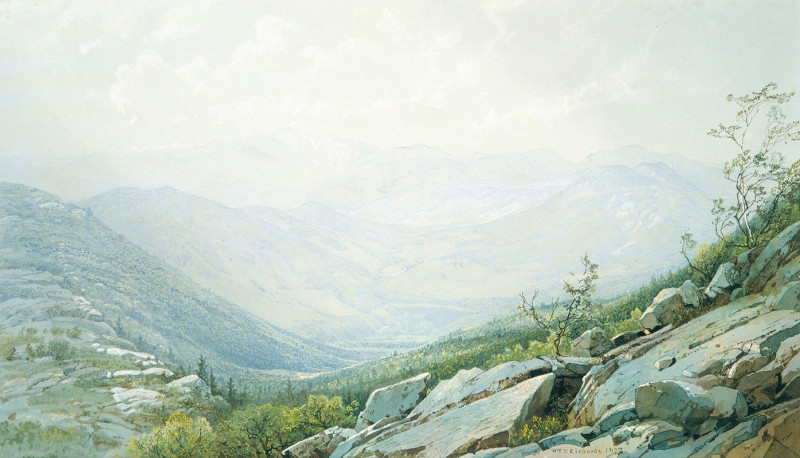
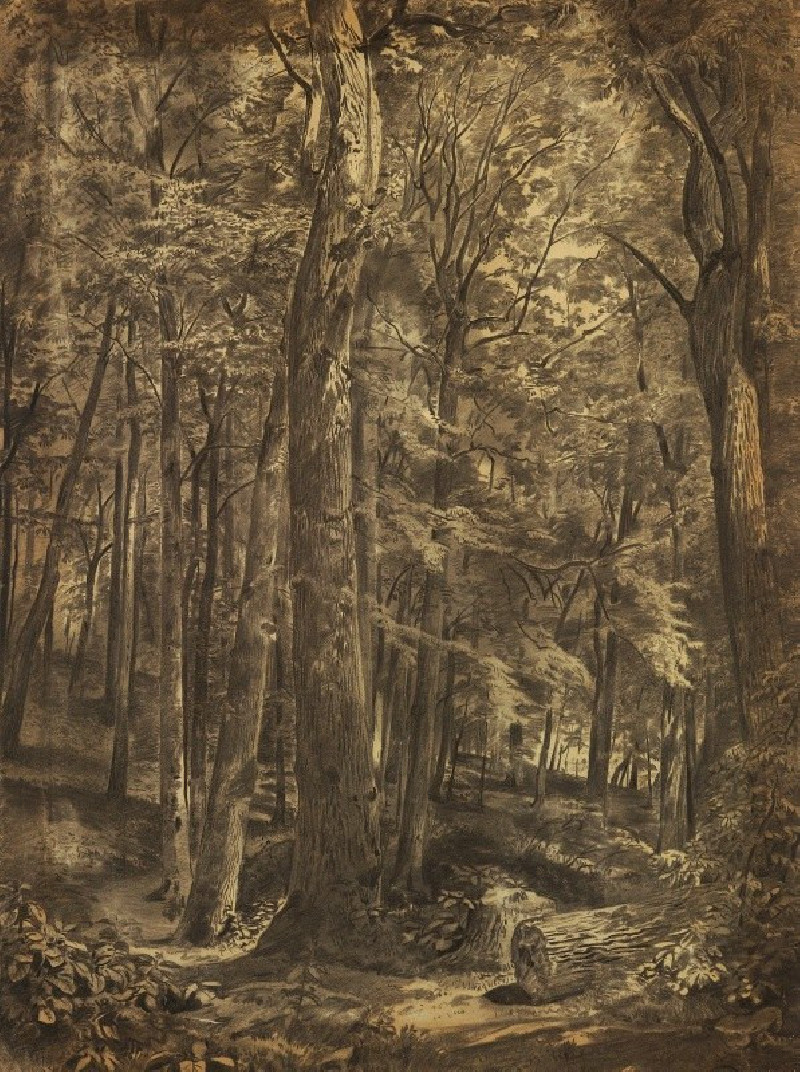





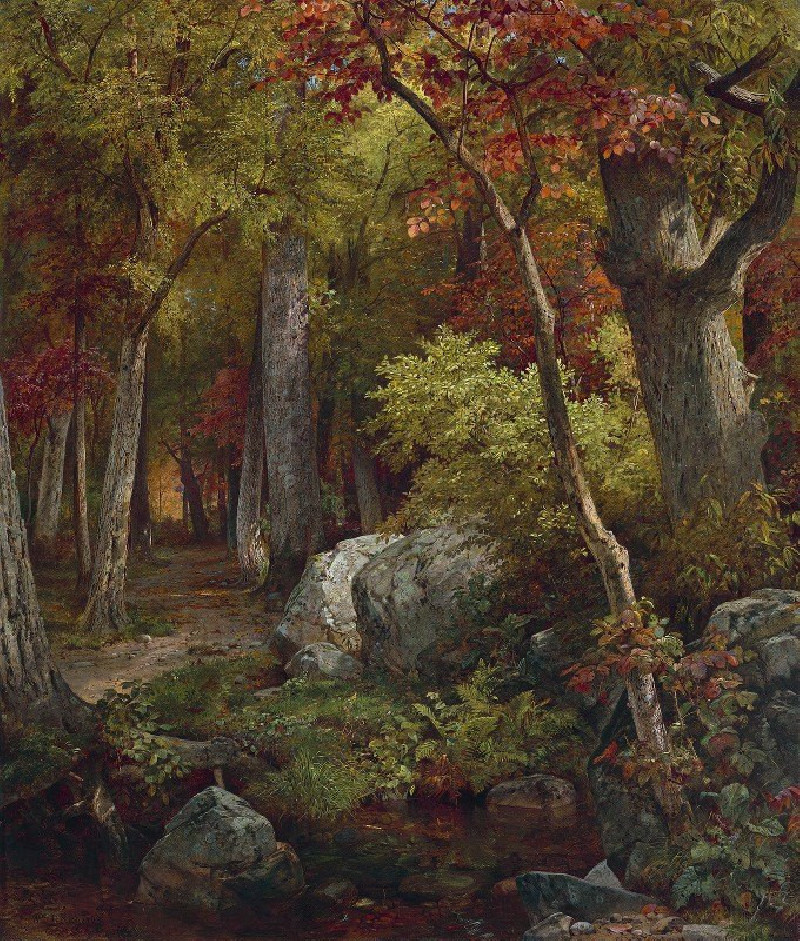


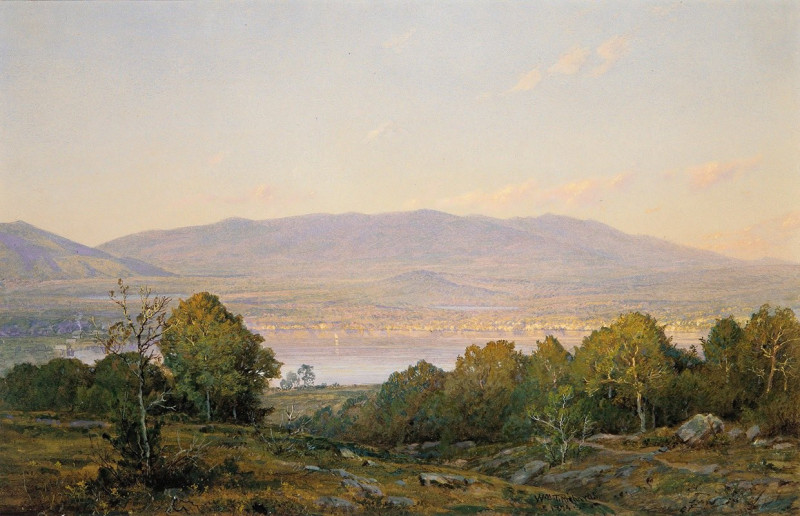

![The Village of Buxadaur [Buxa Duar] [Thibet] (1783) reproduction of painting by Samuel Davis. ALL GICLEE PRINTS](https://reprodukcijos.lt/45971-large_default/reproduction-of-the-village-of-buxadaur-buxa-duar-thibet-1783.jpg)
